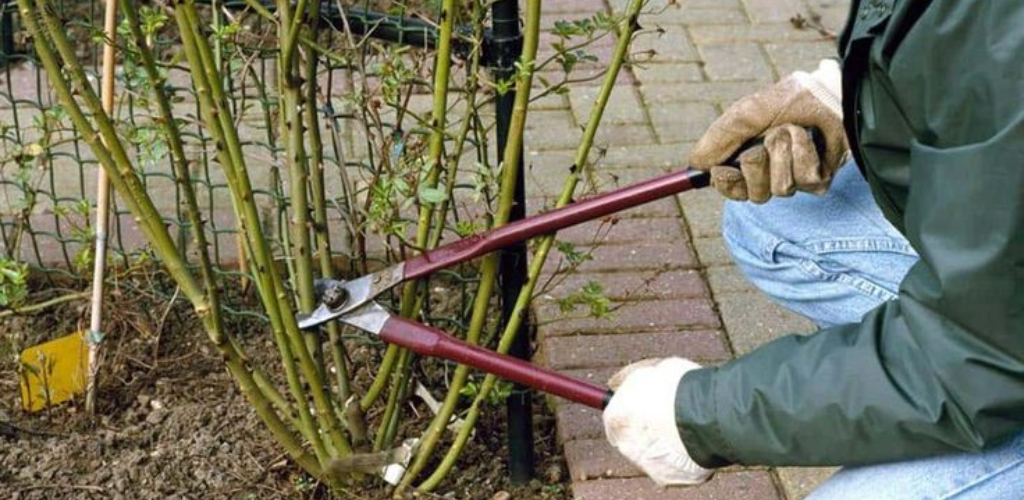The Art of Rose Pruning: A Step-by-Step Guide to Lush Flowers
Pruning rose bushes is crucial to guarantee their health, promote their development and encourage lush flowering . Although the idea of pruning your precious rose bushes may seem daunting, following a simple process can make the task simpler. Here is a seven-step guide to pruning your rose bushes, ensuring they thrive and continue to beautify your garden throughout the seasons.

1. Optimal timing
The ideal time to prune your rose bushes is in late winter or early spring, when the plants are emerging from dormancy and before new growth begins. This is usually between late February and April, but can vary depending on local weather conditions and the variety of rose bushes you are growing.
2. Preparation of tools
Before you begin, make sure you have clean, sharp pruning shears, gardening gloves, and possibly a pruning saw for thicker branches. It is also important to disinfect your tools to prevent the spread of disease.
3. Rose bush assessment
Before you begin pruning, examine your rose bush carefully to identify dead, diseased or damaged branches that need to be removed. Also look for branches that are crossing or rubbing, as these can cause damage.
4. First cuts
Start by removing dead, diseased or damaged branches, making sure to cut cleanly close to healthy tissue. This will promote water drainage and the overall health of the plant.
5. Thinning for better air and light circulation
Remove thin, weak branches and those crowding the center of the rose bush to improve air circulation and light penetration, which is essential for healthy growth and flowering.
6. Shaping the rose bush
After the initial cleaning, focus on forming the rose bush. Try creating an open vase shape that encourages air circulation and exposure to light. Make slightly angled cuts just above an outward-facing bud to encourage growth in the desired direction.
7. Finishing and maintenance
After pruning, some gardeners apply a sealant to larger cuts to protect them from disease and pests. Also clean up debris around the rose bush to avoid disease and pest problems.
By following these seven simple steps, you can care for your rose bushes with confidence, promoting healthy growth and abundant blooms. Pruning not only shapes rose bushes, it also contributes to their overall health, ensuring a remarkable floral display. With practice, pruning will become a rewarding part of your gardening routine, allowing you to connect with your plants and contribute to their beauty and well-being.
